1. Who Are Your Planned Gift Prospects? – II
by John Elbare, CFP
The one thing we know for sure about donor behavior is that most planned gifts come from loyal donors. By “loyal” we mean those donors who reliably donate every year.
They are already sold on your mission, they believe in your cause, and they probably would like to do more to help, if they could.
This is the one critical prerequisite for launching a successful planned giving program. You need loyal donors. If you do yet have a growing base of loyal donors, you need to stop, back up, and take a look at your donor stewardship efforts.
If your organization has been around for at least a few years and you have a problem with a high donor lapse rate, you need to fix it.
Successful planned giving is all about building on rock solid donor relationships. Once you do have a growing base of loyal donors, you have a fertile pond in which to fish for planned gifts.
The fascinating part is that donor giving levels have very little to do with their likelihood of leaving planned gifts. It is the act of repetitive giving, year after year, regardless of the amount that signals a donor’s inclination to consider a planned gift.
Do not make the common mistake of looking for planned gifts only among your larger gift donors. Most organizations with successful planned giving programs have been pleasantly surprised at the large planned gifts they receive from donors who gave only $25 or $50 a year during life.
In our next Planned Giving post, we will discuss just why this is so and how you can use this knowledge to start raising planned gifts right away. We will also learn why donors often find it easier to arrange a planned gift than to give a larger annual gift.
=-=-=-=-=-=-=-=-=-=-=-=-=-=
John Elbare, CFP, has spent the last 30 years helping non-profits raise more money
through large, planned gifts. He shows them how to add an effective planned giving
strategy to their current fund raising effort without a lot of extra expense or staff.
You can contact him at John Elbare, CFP.
=-=-=-=-=-=-=-=-=-=-=-=-=-=
Have you seen
The Fundraising Series of ebooks?
They’re easy to read, to the point, and inexpensive ($1.99 – $4.99)
=-=-=-=-=-=-=-=-=-=-=-=-=-=
2. The CFC and Non-Profit Sustainability – II
by Bill Huddleston
As I noted, last week, “Money Tree” programs are the ones that produce significant revenue with little direct effect on advancing program. They are, however, more important than may first be realized because they provide the funding to keep the “Hearts” beating.
The “Money Tree” is the category where a well-run CFC program for your non-profit should end up. Although it may be in the “Low Impact, Low Profitability” range when you first begin developing your CFC revenue stream, don’t be too quick to categorize it as a “stop sign” action.
It is interesting to note that there are some non-profits where their CFC revenues are in the “Star (High Impact, High Profitability)” category. One small cancer support charity, for example, receives 50% of its revenues through the CFC.
For many CFC charities, as they first begin developing their CFC revenue stream, their CFC activities may be in the “Low Impact, Low Profitability” category. But don’t be too quick to put it in with the “Stop Signs.”
You may be familiar with the concept of the fundraising pyramid, the 80/20 or 90/10 rules, but one problem with much of the fundraising literature is that there’s often a built-in presumption that the pyramid has already been built.
While this may be true (and often is) what’s ignored in that formula is the idea that you can determine in advance just who the people are in the twenty (or ten) percent category, without having to “bother” with the other eighty percent.
It doesn’t work that way.
What happens in the fundraising world is very similar to the stages that a farmer creating an apple orchard goes through. He first acquires a selection of seedlings, plants them, weeds them, waters them, prunes them and keeps pests away.
Some of those initial plants will die regardless of the best efforts of the farmer, others will grow to be a decent apple trees, and some will end up being a stupendous producers.
There’s no way to tell which of the seedlings (donors) will be in that top twenty percent. It doesn’t happen overnight and it’s impossible to predict which seedlings (donors) will be the dead or diseased seedlings (lapsed donors) or the decent seedlings (multiple year donors to the annual fund, with modest increases over time).
The fundraising pyramid is a pretty good model for what it shows … that a relatively small percentage of the non-profit’s supporters will provide a relatively larger percentage of its funds.
I’ll continue that thought next Wednesday.
=-=-=-=-=-=-=-=-=-=-=-=-=-=
During his 25-year career in the Federal sector, Bill Huddleston, The CFC Coach,
served in many CFC roles. If you want to participate in the Combined Federal
Campaign, maximize your nonprofit’s CFC revenues, or just ask a few questions,
contact Bill Huddleston
=-=-=-=-=-=-=-=-=-=-=-=-=-=
Have you seen
The Fundraising Series of ebooks.
They’re easy to read, to the point, and inexpensive ($1.99 – $4.99)
=-=-=-=-=-=-=-=-=-=-=-=-=-=
If you would like to comment/expand on the above, or would just like to offer your thoughts on the subject(s) of this posting, we encourage you to “Leave a Reply” at the bottom of this page.













